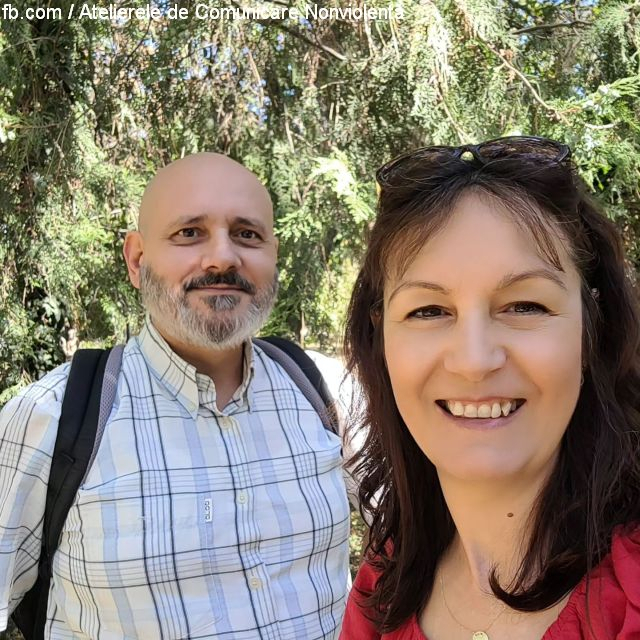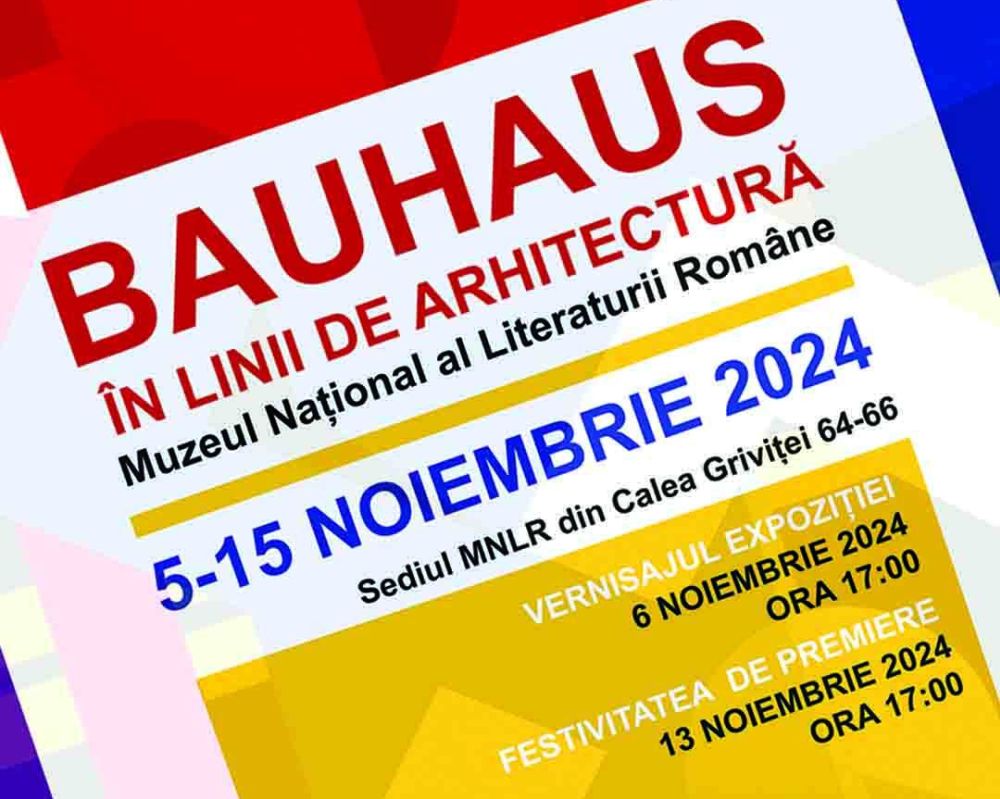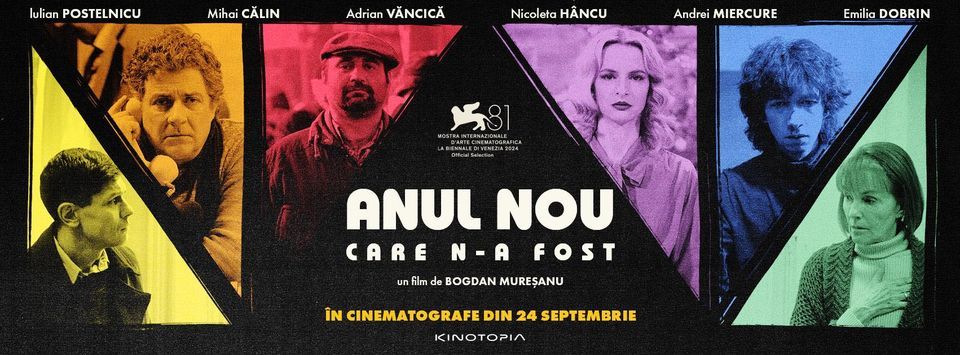International Day of Nonviolence in Iasi
The International Day of Nonviolence was established by the United Nations in memory of Mahatma Gandhi

Ana-Maria Cononovici, 26.11.2024, 13:54
This fall, in Iași, the International Day of Nonviolence was marked, which was established by the United Nations in memory of Mahatma Gandhi (1869-1948), one of the greatest peace activists in the world. Several facilitators of nonviolent communication programs offer free workshops for the young and the old on this occasion.
Lavinia Popescu, a nonviolent communication facilitator, one of the organizers of the event, said:
“Every year we celebrate the day of Mahatma Gandhi, the pioneer of peace in the world. And we mark this event by offering the public introductory workshops in nonviolent communication. These workshops are offered free of charge and we invite people to choose a theme that resonates with them. There are several facilitators who have joined forces to convey this message to as many people as possible, because the tools of nonviolent communication help improve relationships, and better relationships help to have a better quality of life.”
Lavinia Hriţcu personally experienced an improvement in her relationships with those around her once she learned the techniques of nonviolent communication. She was also a facilitator at the Nonviolent Communication Day organized in Iaşi, and she told us:
“There were workshops for both adults and children. The workshops for children were supported by two of our colleagues who have also worked in education for years and have experience. I think it is important that every person who comes into contact with what nonviolent communication means to be a little attentive to how their life changes, and how they notice a smaller or larger impact.”
Our interlocutor drew attention to the fact that very often we tend to impose our points of view, and through nonviolent communication we could learn that we often want the same thing as others, but we apply different strategies. Lavinia Popescu gave us details about that:
“For example, some titles of the workshops we had are: “Words that bring us closer”, a workshop for children. Children learn to identify their emotions and needs and use words that lead to a peaceful and productive dialogue. Another workshop was “The Power of No”, how to establish healthy boundaries and respect each other. Another workshop was titled “The Empathy of the Jackal”, the workshop that I presented. It is for those who are more advanced in the field of nonviolent communication, because they are already familiar with what a defensive or aggressive attitude means, and how to transform it into improving the dialogue and being authentic and bringing about a real connection. We often think that we are empathetic when we communicate with those around us, but in fact we are aggressive or defensive through the attitude we have. We can give advice, believing that we are helping the person we are talking to in real life, or we can steal attention by giving a personal example, believing that it is helping the other person.”
Lavinia Popescu referred to the workshop entitled “Jackal Empathy”, explaining that we work with two characters, the jackal and the giraffe, in which the giraffe is supposed to be the empathetic character, and the jackal, the character who always attacks. It seems that when we attack, it means that a need of ours is most often unfulfilled, and if we have an unproductive dialogue with a person who is attacking, we can give them empathy, try to understand what their need is behind the attitude they have, and if we come to support that “case” and they can turn into a giraffe, because they see themselves taken into account. “Jackal Empathy” involves seeing a little bit of what is behind that attitude, respecting your personal boundaries, of course.
From Petronela Radu, a nonviolent communication facilitator and trainer-mentor in a multinational organization, we learned what her role was in the workshops:
“The main step or the first step of violent communication would be to observe what my feelings are, what my thoughts are, what my needs are, and then to realize and understand what my need is and to make the request to the other person, taking into account both my feelings and the feelings of the other. As for how we take the other into account, it seems easy, like that, at first sight, but it takes practice. It takes attention. And, with practice, attention, and will, and intention, it is possible. It is an exercise that does not play the role of a panacea, or a pill, which we took once and it passed. It is a long-term exercise. It is basically an exercise with ourselves. And I think that one of the challenges of life is working with ourselves. And if that’s the case, then starting from the very message that Gandhi preaches, “be the change you want in the world”, it is understandable that change begins with us, nonviolent communication begins with us, harmony begins with us, with ourselves.”
For a life full of harmony, let’s try to be more attentive to the way we communicate!






























